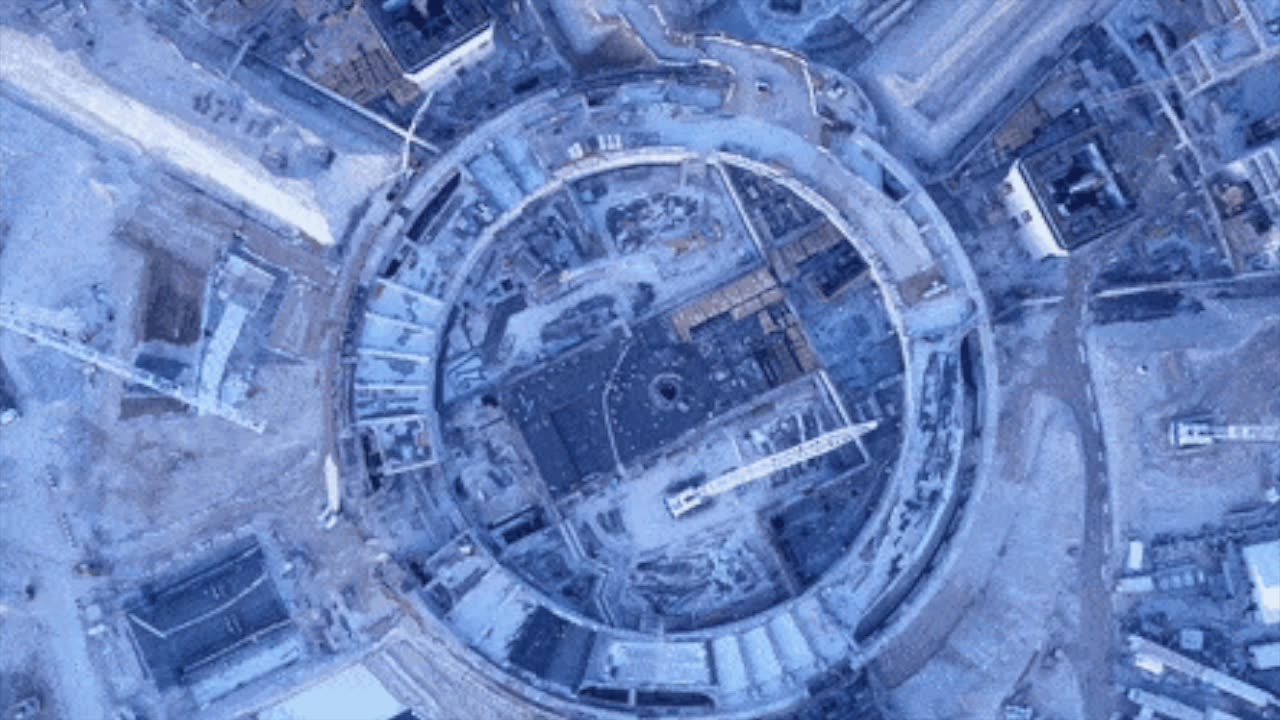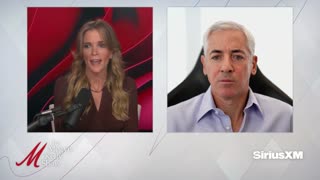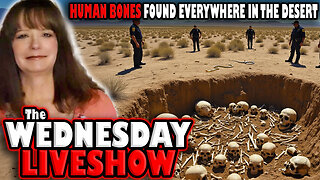Premium Only Content

The Line vs. The Circle: Saudi Arabia's Epic Urban Experiment, Future Community Standard of Living?
The Kingdom of Saudi Arabia set hearts racing with the announcement of their grand plan to construct a colossal desert city known as "The Line." But as we'll discover, the math behind it might just turn this straight-line city into something more akin to "The Circle"!
Imagine this: The Line, an astounding 110-mile stretch from the Red City to Tabuk, designed for an estimated 9 million future residents, and here's the twist – no cars allowed! Instead, a high-speed rail system is set to whisk residents from one end to the other in a mere 20 minutes. It's like a scene out of a sci-fi blockbuster, isn't it?
However, not everyone is on board with this concept. Researchers from the Complexity Science Hub in Vienna, Austria, crunched the numbers and uncovered an inconvenient truth. If you were to randomly pick two residents of The Line, they'd be an average of 57 kilometers (35 miles) apart! That's quite the distance for neighbors, don't you agree?
To put it in perspective, if you did the same random selection in sprawling Johannesburg, those two individuals would only be 33 kilometers (20 miles) apart, despite Johannesburg's much larger size. It's like trying to connect dots on opposite sides of a colossal canvas!
But hold on, the researchers aren't just skeptics; they propose an intriguing alternative – The Circle. Instead of the linear design, they suggest reconfiguring the same buildings into a circular layout. It sounds straightforward, but this adjustment would result in a city with a diameter of just four miles, cramming 9 million residents into a space no larger than Pisa, Italy!
Visualize it: Residents could easily walk to nearly 25 percent of the city, and with just an additional mile, they'd be within 66 percent of it. Plus, the average distance between two random residents would be approximately 1.8 miles – now that's what we call neighborly!
Saudi Arabia,The Line,The Circle,Urban Planning,Complexity Science,City Design,Saudi City, Future Cities,High-Speed Rail,Urban Experiment,Circular City,City Development,Math in Urban Planning,Innovative Cities
-
 LIVE
LIVE
The Officer Tatum
2 hours agoLIVE: Joe Biden MEETS With "Hitler" as Media CRIES Over Pete Hegseth Becoming Sec of Defense
3,431 watching -
 LIVE
LIVE
vivafrei
1 hour agoMAKING AMERICA GREAT AGAIN! Trump's Cabinet Picks Are Making Democrats GO CRAZY!!! Viva Frei Live!
6,179 watching -
 1:40:25
1:40:25
Megyn Kelly
1 hour agoElon and Vivek Prepare For DOGE, Pete Hegseth to Pentagon, and Trump Goes to DC, with Bill Ackman
11.5K13 -
 LIVE
LIVE
Melonie Mac
2 hours agoGo Boom Live Ep 28!
339 watching -
 LIVE
LIVE
Exploring With Nug
7 hours agoUnbelievable Discovery! Several Skulls Found In New Mexico Desert!
558 watching -
 1:32:37
1:32:37
Redacted News
3 hours agoBOMBSHELL! Trump picks, Matt Gaetz, Tulsi Gabbard, Marco Rubio for his cabinet
85.5K264 -
 46:06
46:06
Candace Show Podcast
3 hours agoOH SNAP! Trump Just Gave Elon Musk and Vivek Their Own Department. | Candace Ep 102
61.5K169 -
 18:48
18:48
Neil McCoy-Ward
5 hours ago🇺🇸 TRUMP'S SHOCK NEW CABINET PUTS WASHINGTON IN PANIC MODE…🔥
8.54K6 -
 8:39
8:39
Guns & Gadgets 2nd Amendment News
7 hours agoFEMA Discrimination Revealed! Trump Supporters Left Out Of Hurricane Relief Efforts!
6.64K14 -
 1:41:16
1:41:16
In The Litter Box w/ Jewels & Catturd
21 hours agoTrump Returns! | In the Litter Box w/ Jewels & Catturd – Ep. 690 – 11/13/2024
54.6K30